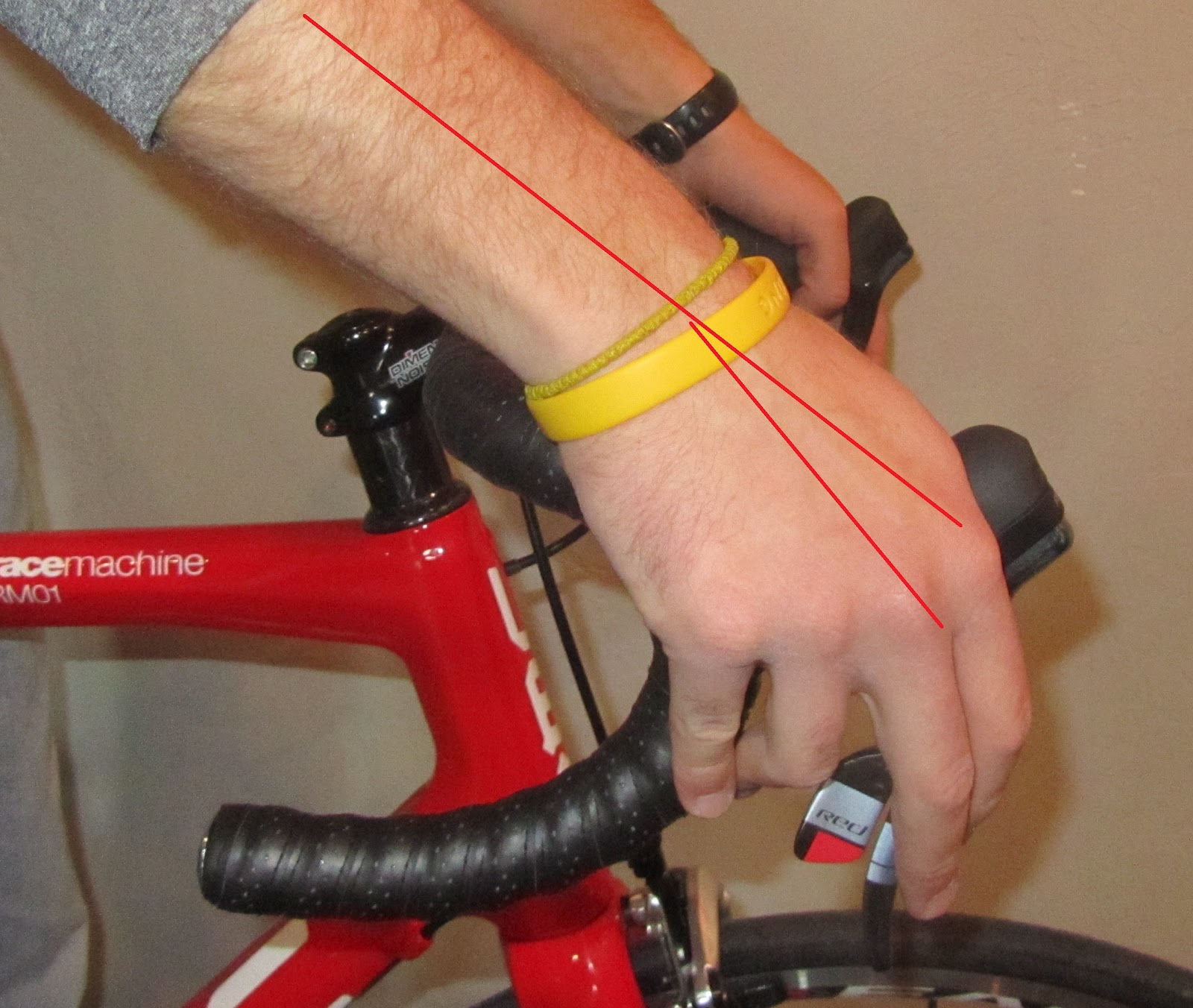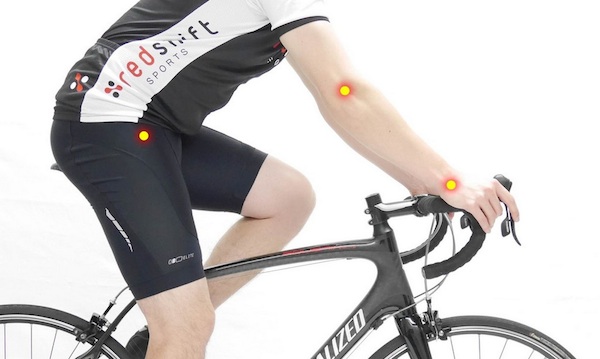Tingling in hands while riding is quite common and also quite mysterious to a lot of riders. It can be an uncomfortable situation; you have reduced sensation of feeling on the handlebars, making it harder to control the bike, shift gears, and brake even which can be dangerous. It can happen anytime, but most frequently when you are in an aggressive position. That also happens to be the time when you need the best touch on the controls. Understanding what causes it will put you on the road to reducing or curing the tingling.
The Basics
Most of the time, tingling in hands on the bike happens because there is a muscle that is impinging a nerve. The position on the bike puts the body in a position that is not natural, and while we try to make it as natural as possible, it will never be as easy on the body as standing upright or lying down. At a few critical points, muscles crowd in on the space of nerves that run to the hands, reducing their function. The result is tingling.
The Specifics
There are four different places that are common of nerve impingement for cyclists. Remember this is not a replacement for seeing a medical professional; if the symptoms are too much to bear, get a physical examination.
Thoracic Outlet Syndrome
Thoracic outlet syndrome is when the anterior and middle scalenes, muscles on the side of the neck, impinge the brachial plexus, a complex of nerves that run in between the two muscles, from where they branch out to other areas, including down to the hands. This is common for cyclists because of the head position on the bike; body forward with the head tilted back. It strains the scalenes against the brachial plexus, impairing nerve function. Craig Abrams, a doctor of chiropractics that specializes in athletes, especially cyclists, says, “Numbness in your hand is neck dysfunction until proven otherwise.” Look for the upstream cause, like an impingement up around the neck.
An Additional Pinch Point on the Brachial Plexus
The meeting point of the pectoral and acromium process is also a point that can impinge the brachial plexus while riding. Both of these situations are symptoms of upper cross syndrome, where the pecs and scalenes are facilitated (overused) and the lower trapezius and lower cervical flexors are inhibited (not allowed to fully extend). The result is pressure on nerves that are not used to pressure.
Lower Arm Nerve Impingement
While thoracic outlet syndrome is the most common cause of tingling in hands while riding, there is one other common position on the bike that impinges nerves. The pronation of the arm to reach the handlebar can cause pressure on the radial groove at the back of your elbow – your funny bone. Everyone knows that when you hit your funny bone, it is not very funny. While it is not an impact that hits the nerve, the low level pressure will give you a funny bone-like sensation.
The Pronator Teres
The pronator teres, the muscle that runs from the elbow across the arm, and across the ulnar nerve, can cause tingling in hands. This is the muscle that rotates the lower arm. It is always engaged on the bike, as long as your hands are on the handlebars. If you are gripping the bars exceptionally hard, say when riding hard or across bumpy terrain, it will contract that much more which then can result in the tingling. This is exceptionally true if you don’t have a good hand position on the bike, say with your wrists at a kinked angle instead of straight.
How To Fix Tingling in Hands on the Bike
Like most causes of chronic pain, tingling in hands can hugely benefit from a proper bike fit. Getting as much pressure off of overworked muscles that are impinging nerves can reduce or eliminate tingling. But the natural position on the bike is not the natural human position. Bike fit sometimes can only go so far.
Dr. Abrams says, ” What you do off the bike greatly impacts how you feel on the bike. Any good training program must require off the bike work, not just a rest day, not just spinning the legs out. It requires true active recovery.” What this means is that you should be exercising the muscles that are taking the daily abuse on the bike. Engaging in a core program will help both facilitated and inhibited muscles deal with the loads you place on them and help support your body properly, both on the bike and off.
Proper posture off the bike helps too. Sometimes you maintain elements of your on-the-bike position while off the bike, maintaining a low level of impingement on delicate nerves. By holding your body properly, it can ease the impingement.
Like most cures, there is no silver bullet. A combination of efforts will bring more feeling and comfort to your rides. Be diligent in your work to eliminate tingling in your hands. It can be a stubborn problem. Once you get control of it, your rides will be more pleasant.

 The good news: It is more than likely that you are able to solve numb hands while cycling.
The good news: It is more than likely that you are able to solve numb hands while cycling.